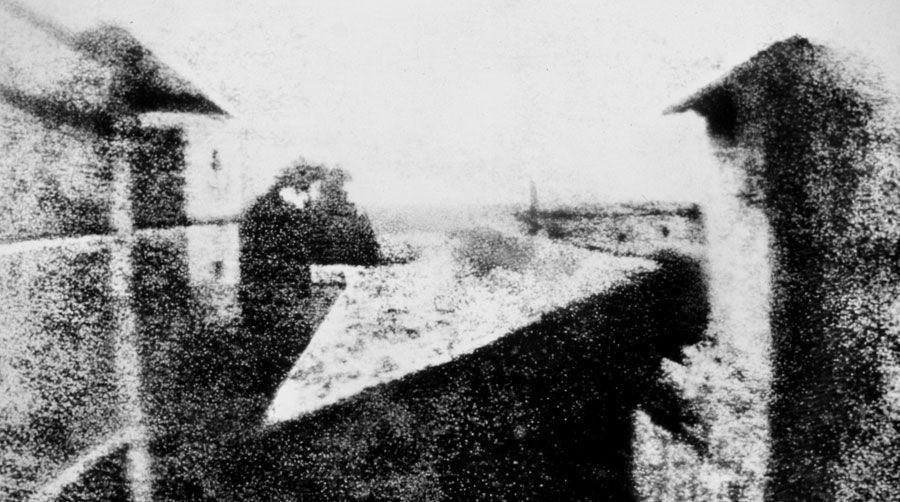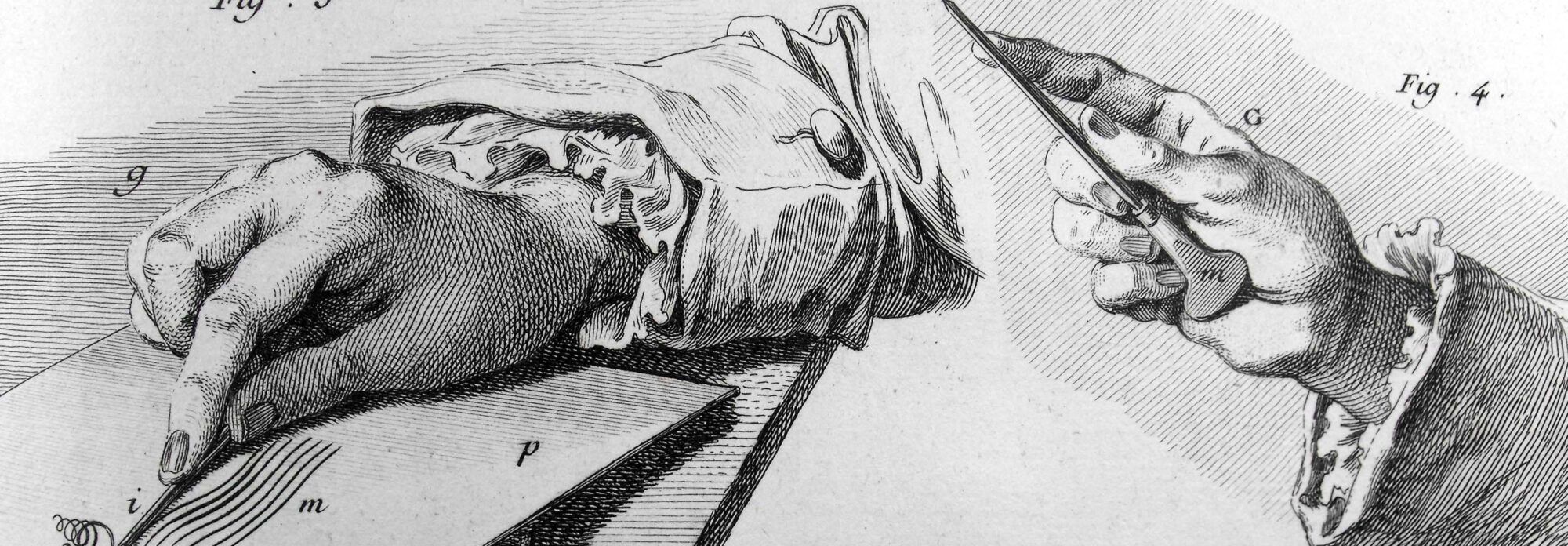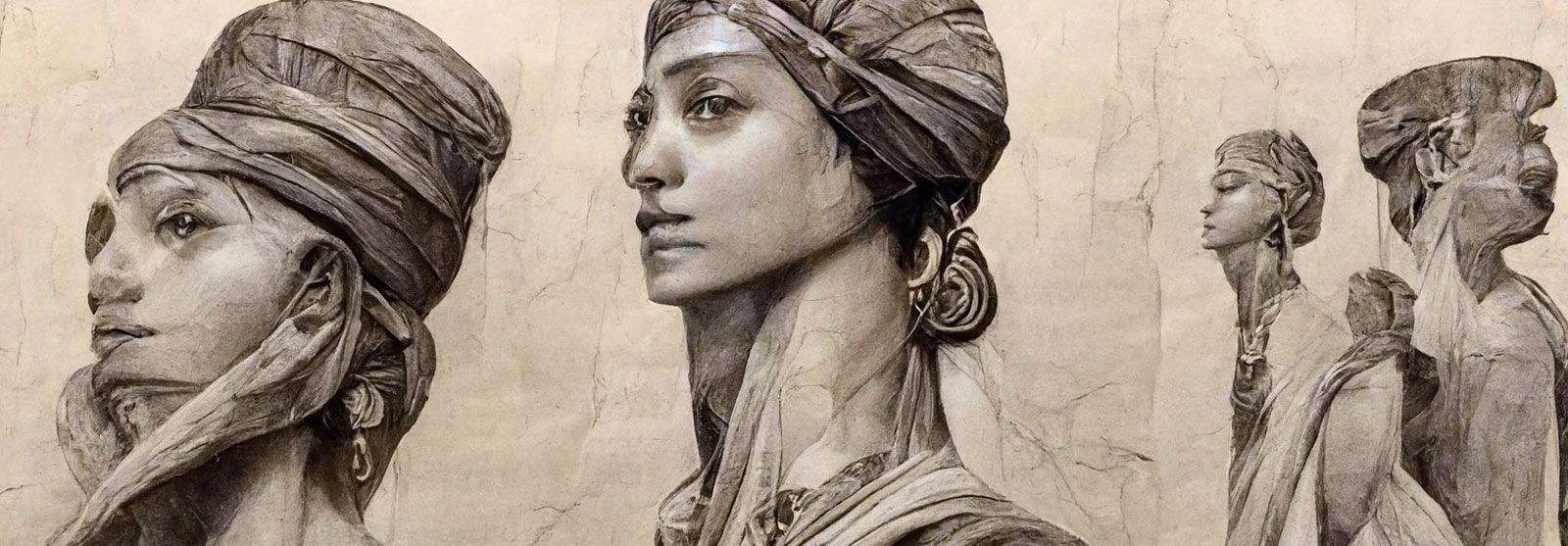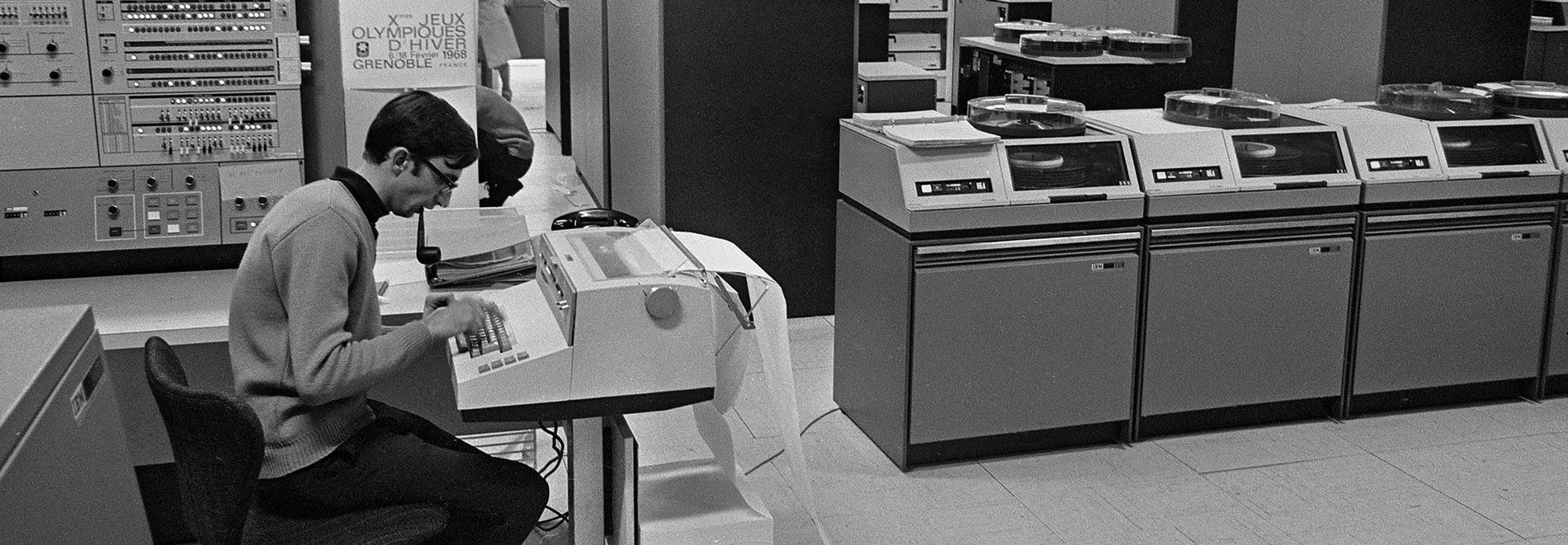The birth of photography has a great story of successive inventions and is evolving even now with the popularization of digital cameras and the availability of digital snapshots. It’s a long thread of inventions and improvements of a process, not by one person but by generations of succeeding inventors, artists, and scientists.
David Hockney assumes, although it’s never proven because the actual tools are lost, in ‘Secret Knowledge: Rediscovering the Lost Techniques of the Old Masters’ that as early as the 15th century there was suddenly a need for more realistic representation (a bit of the chicken or the egg thing in my opinion). Painters (and other visual artists) were commissioned to make portraits of people, landscapes, and scenes from daily life to show an as accurate impression as possible of the reality they lived in.
Although the so-called Hockney-Falco thesis has been disputed and even ridiculed by many scholars, the advances in technology during the Renaissance had a direct influence on how the real world was seen through these devices and instruments. Technology was used as an aid to create a more life-like representation.
An interesting later step of automation in the creative process was not the camera obscura, but the camera lucida (William Hyde Wollaston), a tool (originally used by microscopists in paleontology) that was suddenly used by artists in the early 19th century to superpose/project the subject of their sketches or drawings onto their sketchbook. There was a need to make the drawing of realistic representation easier.
Before photography, painters had the monopoly on representation of ‘realistic’ images. First there was the camera obscura, concave mirrors, the invention of the lens, the camera lucida, several processes of fixating the image or permanent photograph, easy reproduction of these photographs on large scale and finally digitalization.
Important to see is how the object (camera obscura) became a tool and then a device or machine and interesting here is to also read about Albert Borgmann’s device paradigm and his attempts to give meaning to the use and the effect of devices and technology on society.
In the beginning, it was purely scientific, not exactly an art form. It was not important who took the picture.
Henry Fox Talbot was, apart from a scientist, also an aspiring artist and later a noted photographer who contributed to the development of photography as an artistic medium. He wanted to be a better artist by creating a more realistic representation.

20th century:
A device paradigm happens when people get obsessed with a device, their focal things and practices change using the device, the device takes over their lives and in a way becomes an extension of their human body, a tool for expression, but the more it becomes popular the more opaque the working of the device gets. They don’t care any longer how it works, it’s just there to be used and consumed.
People embrace the new technique as an art medium and become artists in a new field. They surpass the initial intention of the tool, by becoming extreme experts with a high level of craftsmanship in using the tool.
There is also a similarity between the story of Henry Fox Talbot and the Knoll family, the brothers who invented Photoshop, one of the main tools used for digital photographic editing. One a photographer, the other a software developer, they had the idea/need to make the photo editing process easier by digitalizing traditional pre-existing tools.
Its main purpose is to be an aid for anyone who wants to work on photos on a computer. Photoshop is now used not only for photo editing but as one of the main design tools. Designers use Photoshop to sketch and design anything from websites, illustrations, and computer art from scratch.
This way some of the primary intentions of an invention are surpassed, simply because people are using the tool intensively. They experiment. They start using the tool for other purposes and in different ways. It’s the users that create and push or evolve the invention to the next level.
Snapshots of everything you see. 1.8 billion digital photographs are uploaded and shared every day. Stock photography or imagery is starting to become so ubiquitous that they are almost impossible to ignore. So not only the process of taking pictures yourself has become much easier, but finding other people’s images has too.
The entire creative process has shifted because of the use of tech. Automation is almost impossible to bypass to come to a result. Any result.
Notes
1. “Photography is usually seen as the start of something, but it is in fact the end of something. The hand of the artist in the camera was replaced by chemicals. After the invention of photography, painters no longer had the monopoly on images you could call real, natural, and true to life. So artists began to look elsewhere for other ways to depict reality. (Cubism, expressionism, etc) —- the tyranny of the lens, the frozen image prevailed.
With the arrival of computers, software like Photoshop brought the hand of the artist back into the picture. Chemical photography only lasted 100 years.
2. Before the invention of the camera – (the camera obscura was mentioned as far back as the fifth century BC) that could produce a permanent photograph – fixing the image of the camera obscura – happened in 1826 by Joseph Nicéphore Niépce called the process heliography.
Together with Daguerre, he improved the process. Henry Fox Talbot – Some Account of the Art of Photogenic Drawing – simplified the process and invented the photo paper called calotypes which could be duplicated.
3. In the first digital era, images or pictures placed on the internet had to be scanned in (digitalized) first. Digital representation was just too bad. Until digital cameras were able to produce high-resolution pictures. With the rise of high-resolution digital cameras and even smartphones, the photogenic representation has become more and more easy.
This article is part of The Automated Designer, a research topic studied for the author’s MBA thesis paper at The Berlin School of Creative Leadership.
Related articles
September 16, 2022
To automate or not to automate
April 23, 2022
Autonomy on the edge of realism
September 23, 2019


